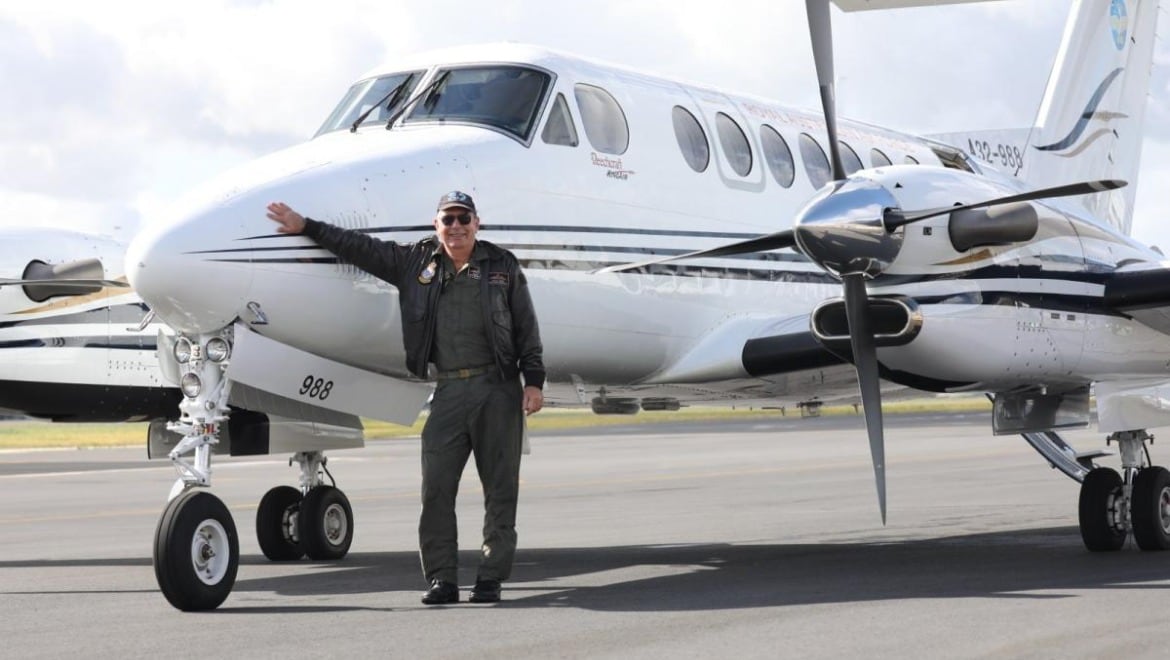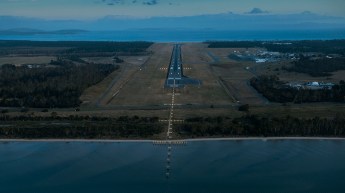
Wing Commander Adrian “Boggy” Burge has celebrated logging 10,000 military flying hours after a 40-year military career.
WGCDR Burge, currently of 32 Squardon, achieved the fight flying a hugely diverse range of aircraft, including a Pilatus PC-9, Caribou and the King Air B200 and B350.
Originally from Bullsbrook, WA, Wing Commander Burge joined the Air Force in May 1981.
He arrived at Point Cook to commence pilot training on No. 116 Pilot’s course and, on completion, was posted to the School of Air Navigation, where he began his military flying career on the Hawker Siddley HS-748; affectionately known as the ‘Draggy’.
“Operating the Caribou during short take-off and landing operations, including airdrops, was definitely a main highlight,” WGCDR Burge said.
“By far the most satisfying role was as a qualified flying instructor, particularly during my time at No. 2 Flying Training School, where I endeavoured to pass on my passion for aviation to students on pilot’s course.”
Commanding Officer 32 Squadron Wing Commander Andrew Daley called the achievement “remarkable” given many of his flight have been shorter than three hours.
“He’s flown every type of 32 Squadron aircraft since its re-formation in 1989, and he remains committed to the unit.”
Wing Commander Burge first joined 32 Squadron in 1992 and, in 2020, was awarded a Federation Star and the fifth clasp to his Defence Long Service Medal in recognition of his 40 years of Air Force service.
“I congratulate Wing Commander Burge on a very distinguished flying career,” WGCDR Daley said.
The flying award will be presented to Burge at 32 Squadron’s 80th anniversary on November 4.
RAAF ordered its first Caribou in 1963 to replace the existing Dakotas, with a total of 29 acquired over the years.
The aircraft could carry 32 armed troops, 22 stretcher cases, two Land Rovers, or up to 4 tonnes of supplies.
Its large rear access ramp made it easy to open in flight to allow paratroopers to jump out or drop cargo.
It saw service in Vietnam when three landed at Vūng Tàu on Vietnam’s east coast in 1964.















